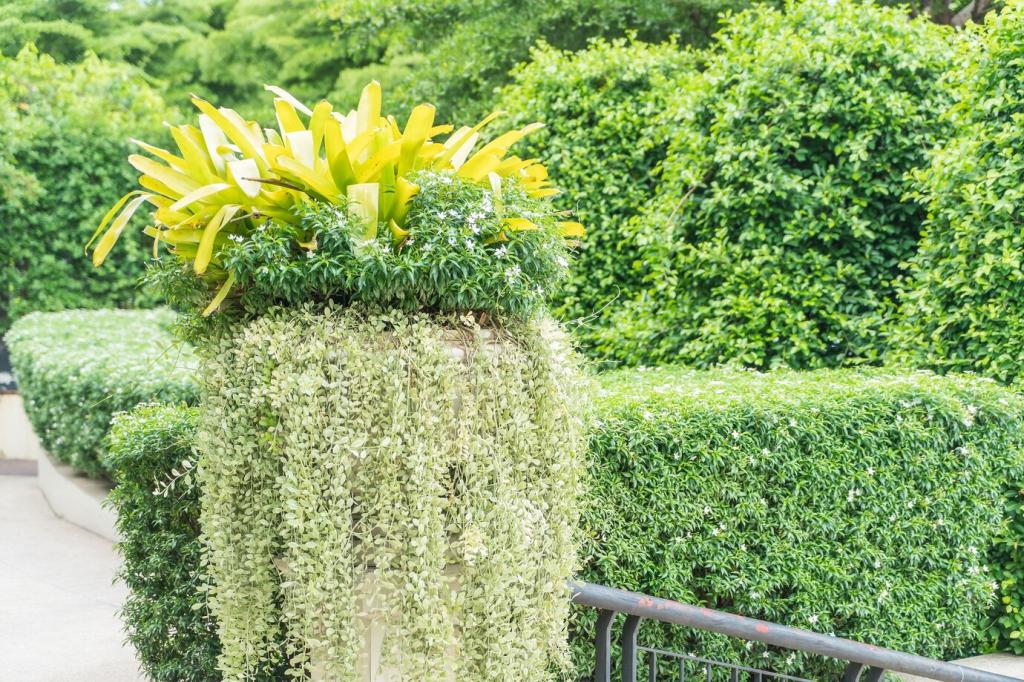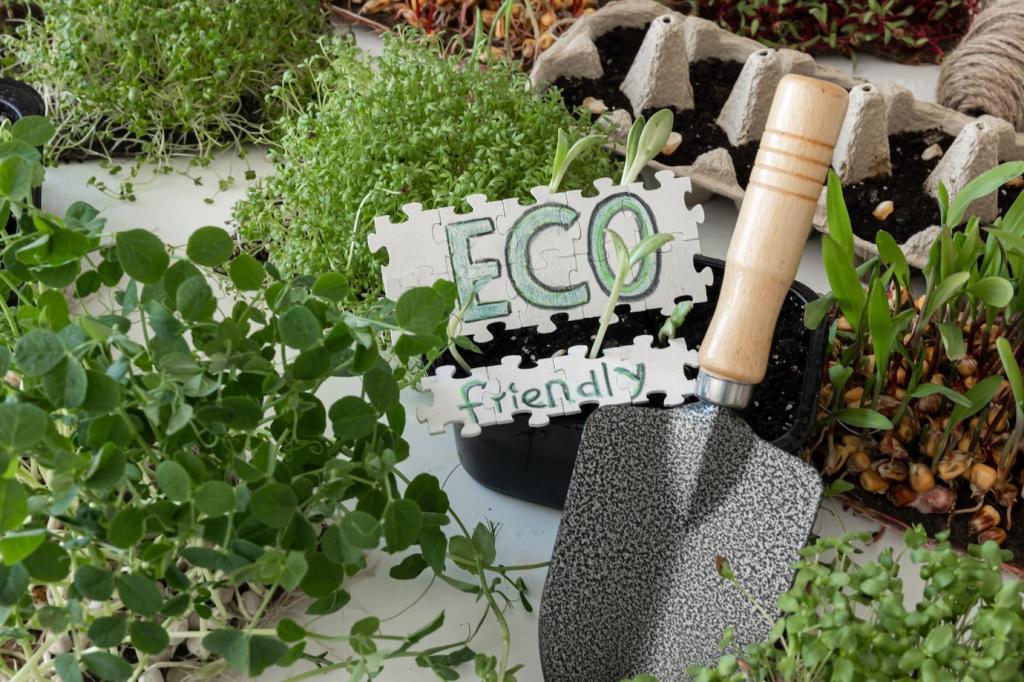The Role of Recycled Materials in Landscape Architecture
Chosen theme: The Role of Recycled Materials in Landscape Architecture. Discover how cast‑off materials gain second lives as beautiful, durable places—through smart design, honest stories, and practical steps you can try today. Join the conversation, share your examples, and help shape our next feature.
Why Recycled Materials Matter in Outdoor Design
Every ton of recycled aggregate, metal, or plastic used in a landscape avoids new extraction and high‑energy manufacturing, lowering embodied emissions while preserving habitats. Share your projects where reuse made a measurable impact, and let’s build a community library of practical benchmarks.
Design Strategies: Turning Salvage into Structure
Use recycled concrete aggregate as sub‑base or as a percentage of coarse aggregate in new mixes. Specify gradation, limit contaminants, and trial a test panel to verify finish, strength, and drainage. Share your mix proportions and lessons so peers can calibrate confidently.

Design Strategies: Turning Salvage into Structure
Old brick, stone, and clean concrete become beautiful, textured gabion infill. Sort sharp fragments away from public edges, and detail weep points for durability. If you’ve tuned basket depth or wire gauge to local loads, drop your specs to help others replicate safely.
Soils, Surfaces, and Safety: Getting Performance Right
Tumbled recycled glass or crushed ceramics can brighten permeable paths while supporting stormwater goals. Specify rounded aggregate to avoid sharp edges, confirm slip resistance, and mock up transitions for mobility devices. Share your binder choices and maintenance notes to inform accessible, long‑lasting surfaces.



Anecdotes from the Field
A tiny lot became a neighborhood lounge when mosaic paths used reclaimed tiles from a closed hotel. Visitors pause to trace patterns and share memories. Have a similar transformation? Tell us how community stories influenced your detailing and maintenance approach.
Anecdotes from the Field
Students collected bottles that a local recycler turned into durable plastic benches. The reveal day felt like a festival, and vandalism dropped as ownership rose. Share how you engage young stewards, and we’ll compile classroom‑ready activities for future builds.
Begin with a site and neighborhood audit: pavements, curbs, structures, soils, plants, and nearby demolition opportunities. Map quantities, dimensions, and constraints. Comment with tools you use for inventories, and we’ll assemble a shared, evolving toolkit.
How to Start: A Designer’s Checklist
Build quick mock‑ups to evaluate slip resistance, drainage, acoustics, and comfort. Observe freeze–thaw cycles, sun exposure, and user feedback. Share photos of your prototypes, plus what you changed after testing, so others can avoid the same pitfalls.
